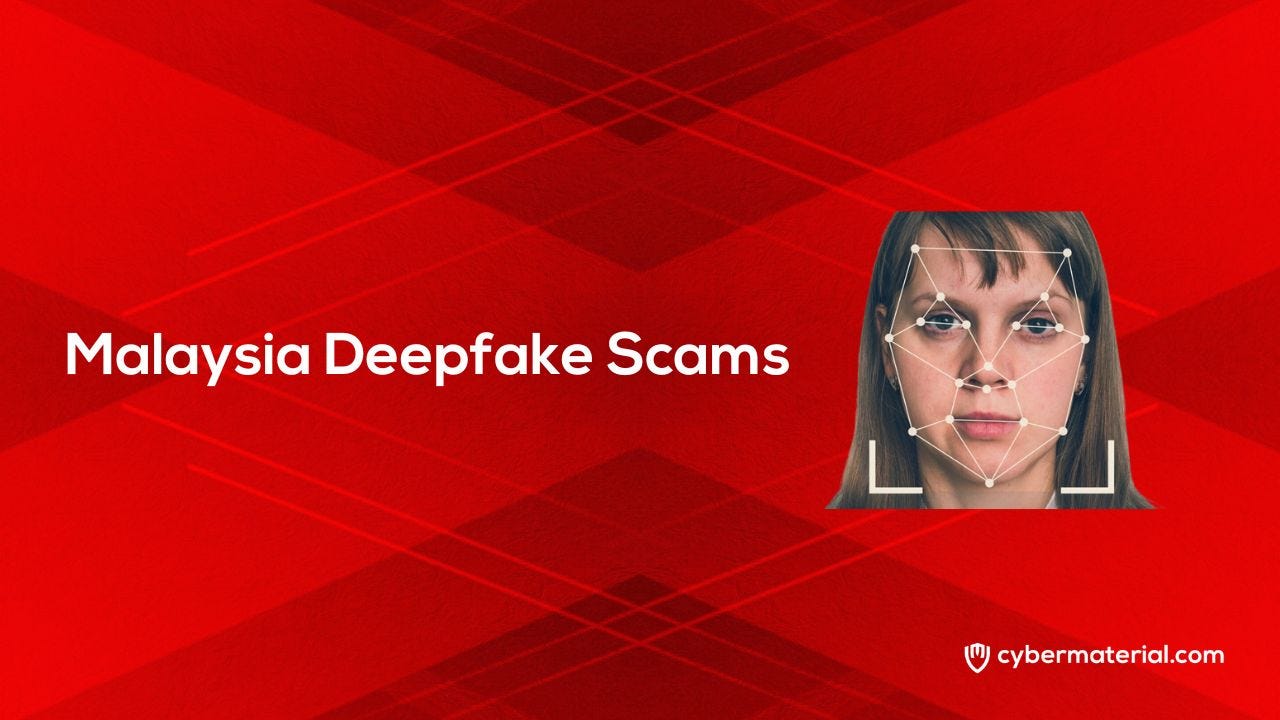
Malaysia Deepfake Scams
Type of Malware
Scam
Targeted Countries
Malaysia
Date of initial activity
2024
Motivation
Financial Gain
Attack Vectors
Phishing
Overview
In a rapidly evolving digital landscape, the Securities Commission Malaysia (SC) has raised alarms about a new breed of investment scams leveraging cutting-edge technology. Recent investigations revealed that fraudsters are exploiting deepfake technology—an artificial intelligence-driven technique that creates hyper-realistic audio and video manipulations—to impersonate prominent public figures and reputable companies. These scams have become increasingly sophisticated, making it difficult for even the most discerning individuals to differentiate between genuine investment opportunities and fraudulent schemes. The prevalence of deepfake videos on social media platforms, particularly Facebook, has alarmed regulators. These deceptive videos feature manipulated representations of well-known personalities, lending an air of credibility to the fake investment offers presented. In these videos, deepfake technology is used not only to simulate the likeness of the individuals but also to mimic their voices, often including lip-syncing and contextual dialogues that appear convincingly authentic. As a result, potential victims may be drawn in by the familiarity of the figures depicted, leading them to trust the fraudulent claims made in these videos.
Targets
Individuals
How they operate
To initiate their scheme, attackers typically begin by crafting visually engaging deepfake videos featuring credible personalities, including industry leaders or public figures associated with reputable companies. These videos are designed to invoke a sense of trust and legitimacy, as potential victims are drawn in by the familiarity of the figures portrayed. The AI technology involved in creating these deepfakes includes training datasets that consist of numerous images and recordings of the target, allowing the software to replicate facial expressions, lip movements, and vocal tones accurately. Once the deepfake video is produced, scammers deploy it across popular social media platforms, particularly Facebook, where it can reach a broad audience rapidly. The videos usually contain enticing calls to action, encouraging viewers to click on embedded links labeled as “Learn More” or similar phrases. These links lead to fraudulent websites designed to mimic legitimate investment platforms, where victims are prompted to enter their personal information, such as names, emails, and phone numbers, often accompanied by pressure to download malicious applications. The technical aspect of these scams extends beyond just the initial deepfake videos. Once a victim engages with the fraudulent site, the scammers employ various social engineering tactics to establish a further line of communication. Agents posing as representatives of reputable companies follow up with potential victims, using their gathered information to build trust and manipulate them into transferring funds or divulging additional sensitive data. This phase often employs high-pressure sales tactics, where victims are coerced into believing they are missing out on lucrative investment opportunities. Moreover, these scams often include layers of obfuscation designed to protect the scammers’ identities and evade detection. By using platforms such as Dropbox or Google Drive to host malicious software and payloads, attackers can conceal their operations while providing seemingly legitimate download options. This not only increases the chances of success for the scam but also complicates the efforts of authorities and cybersecurity professionals trying to trace the origin of these malicious activities. In light of these advanced techniques, the Securities Commission Malaysia has been proactive in raising public awareness about the risks associated with deepfake investment scams. By collaborating with social media companies like Meta, they are working to remove fraudulent content and enhance the monitoring of potential scams. The commission also encourages the public to verify investment offers through official channels and utilize tools such as the SC Investment Checker. As technology continues to evolve, individuals must remain vigilant and informed, recognizing the sophisticated tactics employed by scammers in the digital landscape.
References:
The post Malaysia Deepfake Scams (Campaign) first appeared on CyberMaterial.


